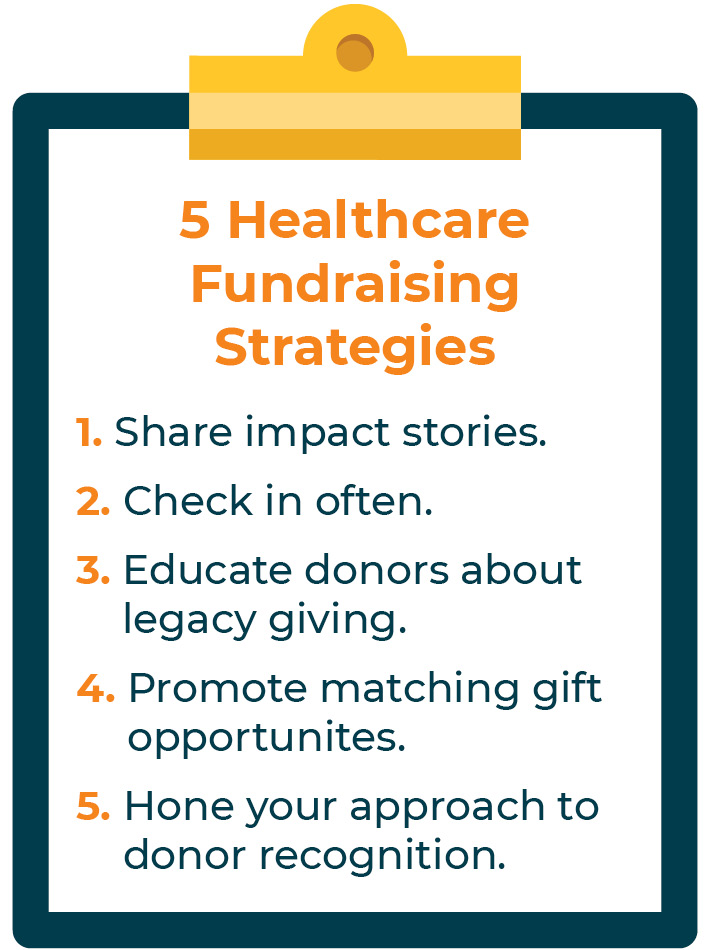Nonprofit Marketing: Strategies to Enhance Understanding and Drive Donations
Nonprofit Marketing: Strategies to Enhance Understanding and Drive Donations
Blog Article
The Role of Area Engagement in Nonprofit Fundraising: Building Lasting Relationships for Sustainable Assistance
Area engagement is progressively acknowledged as an important part of successful not-for-profit fundraising. By fostering authentic relationships with regional stakeholders, companies can grow depend on and loyalty, which are vital for lasting support. Nonetheless, the approaches and techniques used to involve areas vary commonly, increasing crucial questions regarding effectiveness and effect. What are the most effective techniques for growing these vital links, and exactly how can nonprofits gauge their success in this field? Recognizing these dynamics could significantly affect the future of fundraising initiatives and the overall goal of nonprofit companies.
Comprehending Area Involvement
Neighborhood involvement is a crucial part of successful not-for-profit fundraising efforts. Nonprofits need to determine crucial stakeholders-- such as neighborhood participants, neighborhood organizations, and various other companies-- to produce efficient interaction approaches.
Effective community involvement is predicated on active listening and responsiveness to the requirements and interests of the neighborhood. This procedure involves soliciting comments, recognizing area dynamics, and guaranteeing that the organization's goal lines up with neighborhood top priorities. Involving the area can take different forms, consisting of public meetings, volunteer chances, and partnership efforts, each created to motivate participation and financial investment in the company's goals.
Additionally, neighborhood engagement need to be approached as a recurring dialogue as opposed to a single initiative. By cultivating a comprehensive environment where neighborhood voices are listened to and valued, nonprofits can develop a strong foundation for future fundraising undertakings. Inevitably, a deep understanding of community interaction encourages companies to produce authentic connections that improve their overall performance and sustainability.
Benefits of Solid Relationships
Strong relationships formed with neighborhood involvement return various advantages for not-for-profit fundraising efforts. Primarily, these connections foster count on and credibility, crucial parts in encouraging donors to contribute. When prospective supporters see a not-for-profit actively included in their neighborhood, they are most likely to believe in its goal and impact.

In addition, these partnerships help with efficient interaction. Nonprofits can utilize their links to share tales of influence, updates, and needs, making certain that advocates continue to be educated and involved. This open line of interaction not just enhances bonds however also encourages referral promo, broadening the nonprofit's reach.
Last but not least, strong neighborhood connections can attract brand-new companions and sponsors. Organizations and people are much more likely to straighten with companies that demonstrate purposeful neighborhood participation, offering extra resources and assistance that can substantially improve fundraising capacities. Hence, cultivating durable partnerships with neighborhood engagement is important to a nonprofit's long-term fundraising success.
Techniques for Efficient Involvement
Just how can nonprofits properly involve their neighborhoods to boost fundraising initiatives? Normal updates, involving content, and calls-to-action can galvanize community interest and engagement.
Second, holding neighborhood events, such as workshops, volunteer opportunities, or fundraising drives, promotes face-to-face communication, permitting nonprofits to showcase their impact and efforts. These events not only elevate funds yet also grow partnerships and permit neighborhood participants to involve straight with the reason.
Third, applying personalized interaction approaches can enhance involvement. Tailoring messages to specific donor sectors based upon interests and past payments cultivates a sense of belonging and investment in informative post the organization's objective.
Finally, developing partnerships with local businesses and community leaders can enhance outreach initiatives. Collaborative efforts can boost presence and reliability, demonstrating a cumulative dedication to the community's health. By integrating these methods, nonprofits can construct long-term partnerships that boost fundraising efforts and drive sustainable support.
Gauging Interaction Success
While engaging the community is crucial for effective not-for-profit fundraising, determining the performance of these engagement initiatives is equally important. Developing clear metrics permits companies to assess how well they are getting in touch with their audience and accomplishing their fundraising goals. Secret performance indications (KPIs) such as donor retention prices, volunteer involvement degrees, and involvement on social networks systems supply concrete information for evaluation.

Consistently evaluating these metrics allows companies to pivot their strategies when required, making certain that area involvement stays aligned with their overall mission. Additionally, sharing these results with stakeholders promotes openness and constructs trust, urging further neighborhood participation. Eventually, a robust measurement structure not just notifies future fundraising campaigns but also reinforces the partnership between the nonprofit and its fans, preparing for lasting success.
Study in Community Impact
Various study show the profound effect that area interaction can carry nonprofit fundraising success. One significant instance is the "Something to chew on" campaign, where a neighborhood food bank partnered with organizations and institutions to host community suppers. These occasions not only increased funds yet additionally cultivated a feeling of belonging among individuals, significantly enhancing contributor retention Your Domain Name prices.
Another engaging case is the "Eco-friendly Spaces Job," which involved regional residents in the revitalization of metropolitan parks. This initiative not just garnered economic support from regional businesses however likewise grew a volunteer base that added to ongoing maintenance and programming. The feeling of ownership and satisfaction amongst area members translated right into continual payments.
In the world of arts, the "Art for All" campaign effectively involved local musicians and clients to develop joint art installations, bring about boosted presence and contributions for a neighborhood arts nonprofit.
These instances highlight that when nonprofits focus on area participation, they can develop long-term partnerships that boost fundraising efforts, making sure lasting support and promoting a dynamic community society. Such instances demonstrate that neighborhood engagement is not simply a technique but an essential column of nonprofit success.
Conclusion
In verdict, neighborhood involvement is essential to the success of not-for-profit fundraising initiatives. Inevitably, a durable structure of neighborhood support not just intensifies look here fundraising possible however also grows a culture of cooperation, essential for accomplishing lasting organizational goals and sustaining significant influence. fundraising consultant.
Nonprofits must recognize crucial stakeholders-- such as area participants, neighborhood businesses, and various other companies-- to create reliable involvement approaches.

In conclusion, community interaction is important to the success of nonprofit fundraising efforts.
Report this page